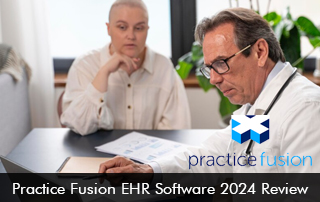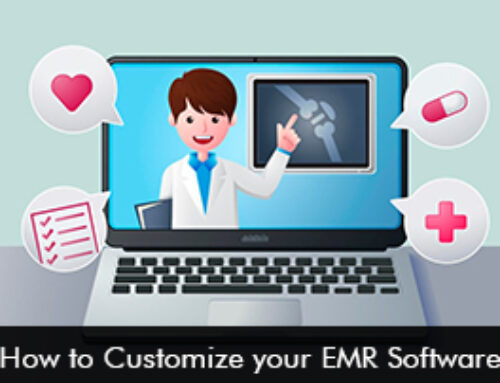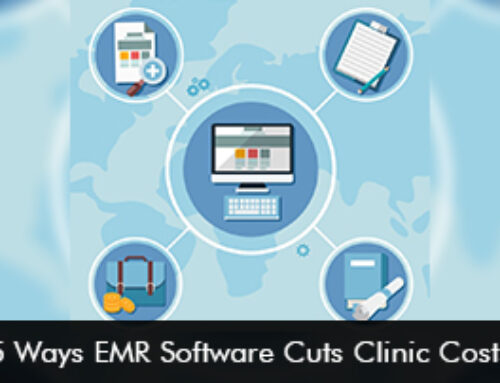Practice Fusion EHR Software has been a significant player in the electronic health record (EHR) market for several years. Its appeal lies in its ease of use, affordability, and cloud-based functionality, which have made it a popular choice for small to medium-sized practices. In 2024, Practice Fusion continues to evolve, offering enhanced features that aim to streamline clinical workflows and improve patient care. This review will delve into the key features, benefits, and potential drawbacks of Practice Fusion EHR Software in 2024.
Overview of Practice Fusion EHR Software
What is Practice Fusion EHR Software?
Practice Fusion EHR Software is a cloud-based electronic health record system designed to meet the needs of small and medium-sized healthcare practices. Initially launched in 2005, it has grown to serve thousands of medical professionals across the United States. The software is known for its user-friendly interface, integration capabilities, and affordability, making it an attractive option for practices looking to transition from paper records to a digital platform without incurring high costs.
Key Features of Practice Fusion EHR Software in 2024
In 2024, Practice Fusion EHR Software introduced several new features and improvements designed to enhance the user experience and improve patient outcomes. Some of the standout features include:
- Customizable Templates: Practice Fusion allows users to create and customize templates for various medical forms and documentation. This feature enables healthcare providers to streamline their documentation process, saving time and reducing errors.
- Patient Portal: The patient portal is a critical component of Practice Fusion, offering patients easy access to their health records, lab results, and appointment schedules. In 2024, the patient portal has been further enhanced with improved security features and a more intuitive interface.
- e-Prescribing: Practice Fusion’s e-prescribing feature allows healthcare providers to electronically send prescriptions to pharmacies, reducing the risk of medication errors and improving the efficiency of the prescribing process.
- Billing and Claims Management: The software includes a comprehensive billing and claims management system that integrates seamlessly with the EHR. This feature helps practices manage their revenue cycle more effectively by automating billing tasks and reducing the likelihood of denied claims.
- Telemedicine Integration: With the growing demand for telehealth services, Practice Fusion has integrated telemedicine capabilities into its platform. This allows providers to conduct virtual visits, making healthcare more accessible to patients, especially in remote areas.
- Analytics and Reporting: Practice Fusion offers robust analytics and reporting tools that provide valuable insights into practice performance. These tools can help practices identify trends, monitor patient outcomes, and make data-driven decisions to improve care quality.
Advantages of Practice Fusion EHR Software
User-Friendly Interface
One of the primary reasons why Practice Fusion EHR Software has maintained its popularity is its user-friendly interface. The software is designed with the end-user in mind, making it easy for healthcare providers and staff to navigate and use without extensive training. The intuitive design minimizes the learning curve, allowing practices to quickly implement and start using the system.
Affordability
Practice Fusion is one of the more affordable EHR solutions on the market, making it accessible to small and medium-sized practices with limited budgets. The pricing structure is transparent, with no hidden fees, and the company offers flexible payment options to suit different practice needs.
Cloud-Based Functionality
As a cloud-based EHR system, Practice Fusion offers several advantages over traditional, server-based systems. There is no need for expensive hardware or IT infrastructure, as the software is hosted on secure, HIPAA-compliant servers. This also means that updates and maintenance are handled by Practice Fusion, reducing the burden on the practice’s IT staff.
Integration Capabilities
Practice Fusion EHR Software is designed to integrate seamlessly with other healthcare applications and systems, such as practice management software, laboratory systems, and imaging centers. This interoperability enhances the overall functionality of the software and allows practices to create a more cohesive and efficient workflow.
Patient Engagement Tools
Patient engagement is a key focus of healthcare in 2024, and Practice Fusion has responded by enhancing its patient engagement tools. The patient portal, as mentioned earlier, allows patients to take a more active role in their healthcare by providing easy access to their health information. Additionally, automated appointment reminders and secure messaging help keep patients informed and engaged in their care.
Potential Drawbacks of Practice Fusion EHR Software
Limited Customization for Larger Practices
While Practice Fusion’s customizable templates and features are ideal for small to medium-sized practices, larger practices with more complex needs may find the customization options somewhat limited. Larger practices may require more advanced features and deeper customization, which could necessitate the use of additional software or a more robust EHR system.
Customer Support
In the past, some users have reported issues with Practice Fusion’s customer support, citing long wait times and difficulty in resolving technical issues. Although the company has made efforts to improve its support services, it is an area that could still benefit from further enhancement. Practices that require quick and reliable support should ensure they have access to the necessary resources before committing to the software.
Data Migration Challenges
For practices transitioning from another EHR system to Practice Fusion, data migration can present challenges. While Practice Fusion offers data migration services, the process can be time-consuming and may require additional resources to ensure all data is accurately transferred. Practices should plan for potential downtime during the migration process and ensure they have adequate support in place.
Practice Fusion EHR Software 2024: Is It Right for Your Practice?
Ideal Users of Practice Fusion EHR Software
Practice Fusion EHR Software is ideally suited for small to medium-sized practices looking for an affordable, user-friendly, and cloud-based EHR solution. The software’s robust features, combined with its ease of use, make it an excellent choice for practices that want to streamline their workflows without investing in expensive hardware or IT infrastructure. Additionally, practices that prioritize patient engagement and telemedicine services will find Practice Fusion’s offerings particularly beneficial.
Considerations for Larger Practices
Larger practices or those with more complex needs may need to carefully consider whether Practice Fusion is the right fit. While the software offers many valuable features, its limitations in customization and scalability could be a drawback for practices that require a more tailored solution. In such cases, it may be worth exploring other EHR options that offer greater flexibility and advanced functionality.







